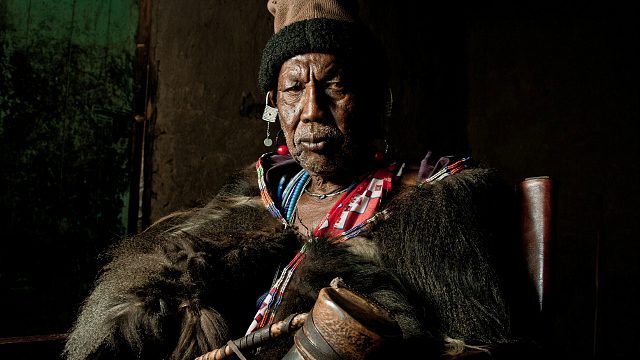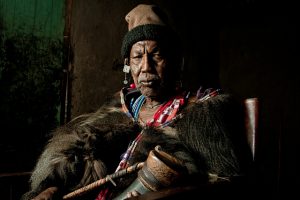Stuart Butler, a writer and photographer who’s covered Africa for more than two decades, recently decided to walk across Maasai lands in Kenya in order to gain a more in-depth understanding of the impact of the 21st century lifestyle, conservation, political pressures and tourism on contemporary Maasai people. He started walking with a Maasai companion on May 25, 2015 and plans to finish around the end of June. (To get more background on the reason for his journey, click here.) Here is a dispatch from his first week on the road.
I’m now a week into my ‘Walking with the Maasai’ project in which myself and a Maasai friend, Josphat Mako, are spending just over a month walking across a part of Kenya’s Maasai lands. The walk started in the high Loita Hills and has now reached the Ol Derikesi conservancy on the eastern edge of the Masai Mara National Reserve.
What a week it’s been. We started by walking to the highest point of the Loita Hills. This was no gentle warm-up. A nine-hour march over farmland and the increasingly dense Forest of the Lost Child (which, as the name suggests, gets its name from a young girl who got lost when walking in the forest with her family’s cattle). Nearing the highest point we had to use machetes to hack through the dense undergrowth and follow the oft-used trails of buffalo. Finally, we reached the summit and were greeted by a puff adder which I at first mistook for a small python and tried to catch, and a memorable view down into the Rift Valley to the soda lakes of Magadi and Natron.
On another day we went to meet Mokombo, one of the most powerful and respected of Maasai Loiban (a seer, or vision-seeker). We sat in his smoky hut drinking tea and talking about Maasai history and culture and he explained how he was the great-grandson of Senteu, one of the best-known of all Maasai Loiban, and the one who refused to collaborate with the British in the early 20th century. His brother, however, did work with the British, and this caused a split within the Maasai community, with Senteu’s followers heading to the remote Loita Hills.
Another unusual encounter came elsewhere in a remote part of the Loita Hills when we came upon a small school. Poking my head through a classroom door I was surprised to see a class of local Maasai children at desks, and sitting amongst them, a young, blonde haired, blue-eyed Maa and Kiswahili-speaking European child who turned out to be more at home with his Maasai classmates than with other English children.
And then there was the walking itself. We’ve hiked through forests of tropical rainforest trees, acacia woodlands, savannah plains and, most memorably, across a high, cold grassland plateau where the drizzle fell incessantly and herds of wildebeest, zebra and antelope scattered at our passing.
It’s all been an education for me. I’ve slept in Maasai manyattas and watched the goats being milked in the morning. I’ve been told how a generation of young Maasai children are growing up without hearing the roar of lions and I’ve been inspired to hear average villagers with no connection to tourism talking with pride about the wildlife of Kenya.
Now I’m on the edge of the Masai Mara and, I hope, further exciting adventures and encounters are waiting up ahead.
For more on the project, visit www.walkingwiththemaasai.com, or the Walking With the Maasai Facebook page.




Hello Mr. Stuart Butler I enjoy reading your adventures.
Hello
Mr. Stuart Butler
I enjoy reading your adventures.